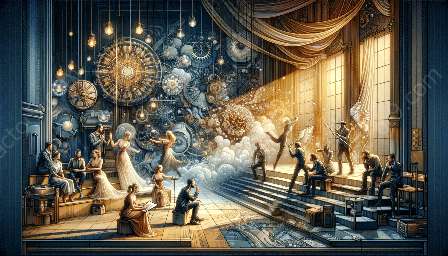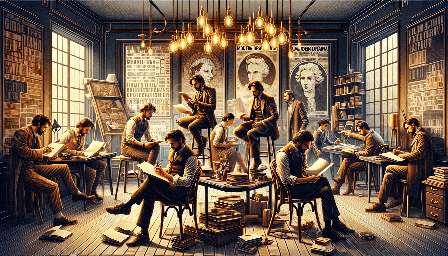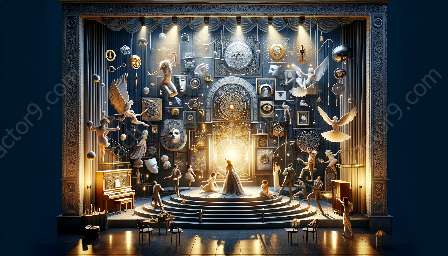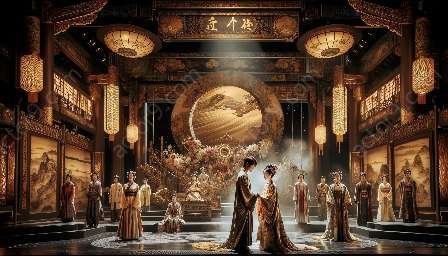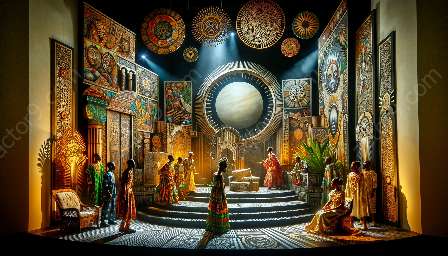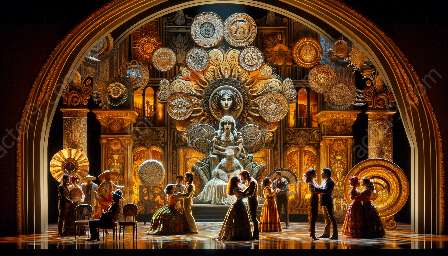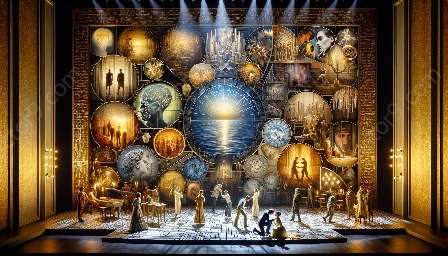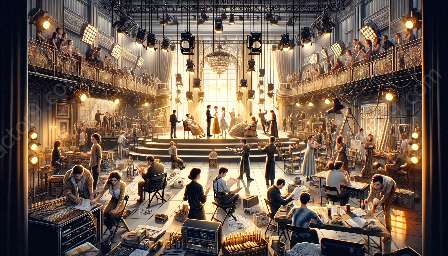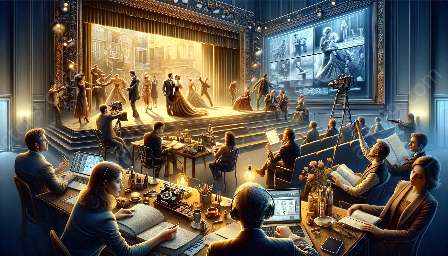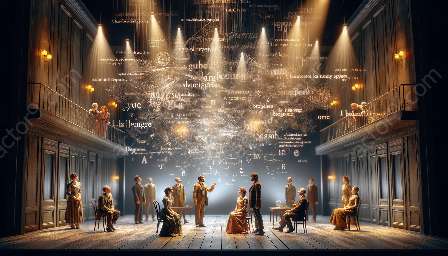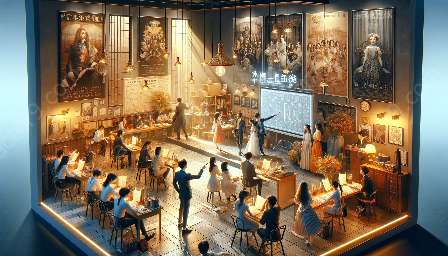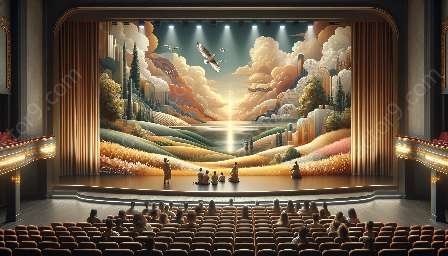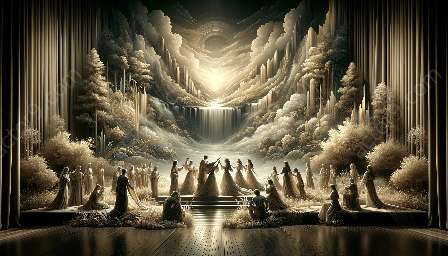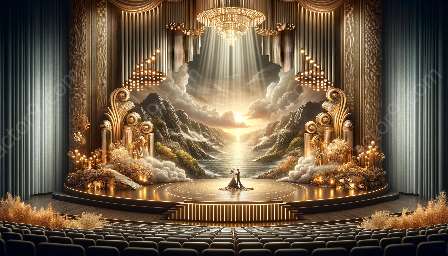Contemporary Asian theater has been deeply intertwined with the evolving societal landscape, and this symbiotic relationship has significantly influenced modern drama. By exploring this interplay, we can understand how Asian modern drama has reflected and responded to societal changes.
Understanding the Societal Changes
Asian societies have undergone rapid transformations in recent decades due to globalization, technological advancements, and shifting cultural dynamics. These changes have had a profound impact on the values, beliefs, and norms of Asian communities, thereby reshaping the fabric of their societies.
Themes Addressed by Contemporary Asian Theater
Contemporary Asian theater has engaged with a wide range of themes that mirror the societal changes taking place in the region. These may include:
- Identity and Cultural Hybridity: Asian modern drama often explores the complexities of identity in a globalized world, where individuals grapple with the amalgamation of traditional and modern influences.
- Political and Social Unrest: Many contemporary Asian plays delve into the political and social upheavals that have defined the region, shedding light on issues such as authoritarianism, activism, and social justice.
- Gender and Sexuality: The evolving discourse on gender and sexuality in Asian societies has been a prominent focus in modern drama, with a growing emphasis on LGBTQ+ narratives and feminist perspectives.
- Environmental Concerns: Reflecting the growing environmental consciousness in Asia, contemporary theater has addressed ecological crises and the human impact on the natural world.
Relevance to Modern Drama
As Asian societies navigate these profound changes, modern drama has emerged as a powerful medium for expressing and interrogating these shifting realities. Asian modern drama not only captures the multifaceted nature of societal transformations but also serves as a platform for critical introspection and dialogue.
Innovative Theatrical Techniques
Contemporary Asian theater has embraced innovative theatrical techniques to convey the complexities of societal changes. These may include:
- Adaptation of Traditional Forms: Many contemporary Asian playwrights and directors have revitalized traditional theatrical forms, infusing them with modern sensibilities to create compelling narratives that resonate with contemporary audiences.
- Multidisciplinary Collaborations: The fusion of various art forms, such as dance, music, and visual arts, has enriched the theatrical landscape, offering fresh perspectives on societal shifts and cultural dynamics.
- Interactive and Immersive Experiences: Theater in Asia has increasingly embraced interactive and immersive formats, inviting audience members to engage directly with the themes and issues presented, fostering a deeper connection to societal changes.
Global Impact
The exploration of contemporary Asian theater and societal changes is not confined to the region; it has global resonance. Asian modern drama has resonated with international audiences, offering diverse and nuanced perspectives on societal shifts that transcend geographical boundaries. Furthermore, it has contributed significantly to the global discourse on modern drama, enriching the creative landscape with its distinctive narratives and innovative storytelling techniques.
Conclusion
Contemporary Asian theater and societal changes are inextricably linked, shaping the evolution of modern drama. This dynamic interplay not only reflects the multifaceted nature of Asian societies but also resonates with global audiences, offering profound insights into the complexities of our ever-changing world.


